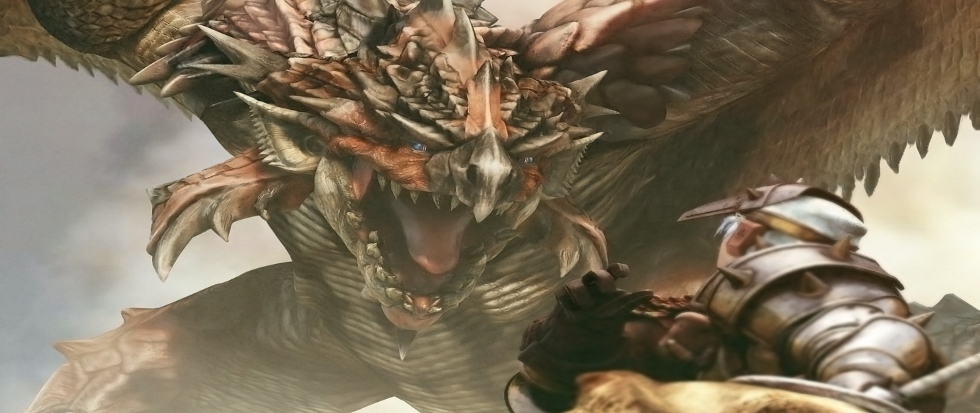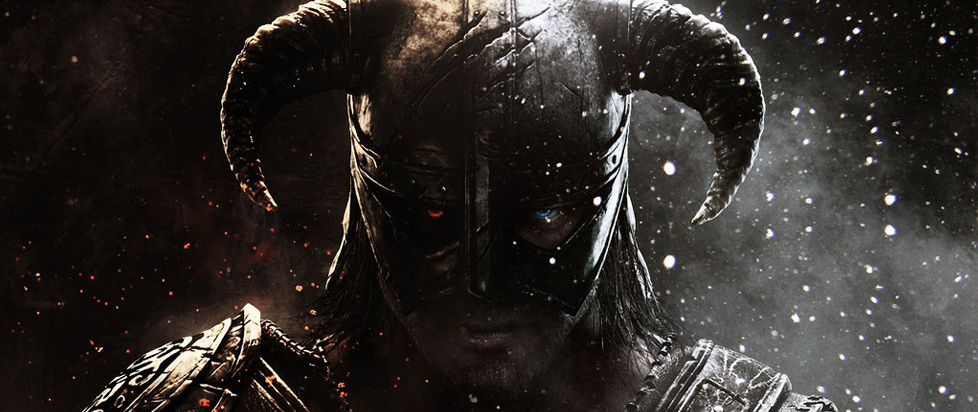
The New Maniac Mansion

This column is a reprint from Unwinnable Monthly #180. If you like what you see, grab the magazine for less than ten dollars, or subscribe and get all future magazines for half price.
———
Here’s the Thing is where Rob dumps his random thoughts and strong opinions on all manner of nerdy subjects – from videogames and movies to board games and toys.
———
Saying “This new game is like this other game” is generally a reductive thing to do, and I try to avoid it whenever possible. Videogames should be allowed to (and often do) stand on their own, without the need to point out parallels or inspirations – intentional or not. But here’s the thing: While Santa Ragione’s survival horror adventure, Saturnalia, realizes its aspirations beautifully, what I love most about it is how much it reminds me of Maniac Mansion.
Obviously, there are some major differences between both titles. Saturnalia is decidedly not trying to be funny, satirical, tongue-in-cheek or any other kind of quirky humor you can think of. It’s also a lot nicer to hamsters. It’s not cartoonish fun – it’s interactive giallo that keeps you on edge and consistently unsettled, even if you don’t entirely know why.
What ties the two games together is the way they both twist the mundanity of small towns (or in this case, remote European villages) into something sinister. In place of a family-friendly (ish) horror-filled suburban mansion, Saturnalia presents a remote residential area that feels unreasonably claustrophobic even when you’re outside. Especially when you’re outside. And the few locals that are willing to talk to you already know something dangerous is lurking in the empty streets.
Really though, the character switching is what sold me on this comparison. Maniac Mansion has you pick a handful of teens to make up your team of rescuers, each with their own skills or items (or both) they can offer that will come in handy in certain situations. If the character you’re controlling gets nabbed by one of the antagonists, it’s possible to escape the dungeon and rejoin the group. But there’s also a chance they can get killed, and if you run out of playable characters it’s Game Over.

Saturnalia’s structure and rhythm reminds me a whole lot of this, and it legitimately makes me so happy. While you’re not selecting a small team from a large initial roster, you do have the capacity to locate and enlist more characters as you play. At which point you can pair off and take advantage of two character-specific skills (and/or items) as you explore. Also, if the creature wandering around the village’s winding pathways manages to catch someone, you do still have a chance to rescue them. But they can still get killed, and if you lose everyone the story is over.
Playing Saturnalia has been a joy. A tense, eerie, unsettling, sinister joy. Having previous experience with Maniac Mansion is absolutely not necessary to enjoy it, and if anything I’ve written here has piqued your interest I strongly recommend you give it a try. It’s just that noticing those potential parallels has given me an even deeper appreciation for a game I’ve already been thoroughly absorbed in. This remote Italian village is decidedly not the Edison estate, and creeping around the dark listening for the surreal clicking of whatever that thing is off in the distance is far more intense than trying to click away from Dr. Fred and company. But there’s a sort of vibe that sits underneath it all that feels familiar – nostalgic, even. Intentional or not, when I play Saturnalia part of me can’t help but think I’m somehow playing what I believed Maniac Mansion was back in the late ’80s. And that’s really freaking cool.
———
Rob Rich is a guy who’s loved nerdy stuff since the 80s, from videogames to anime to Godzilla to Power Rangers toys to Transformers, and has had the good fortune of being able to write about them all. He’s also editor for the Games section of Exploits! You can still find him on Twitter, Instagram and Mastodon.




